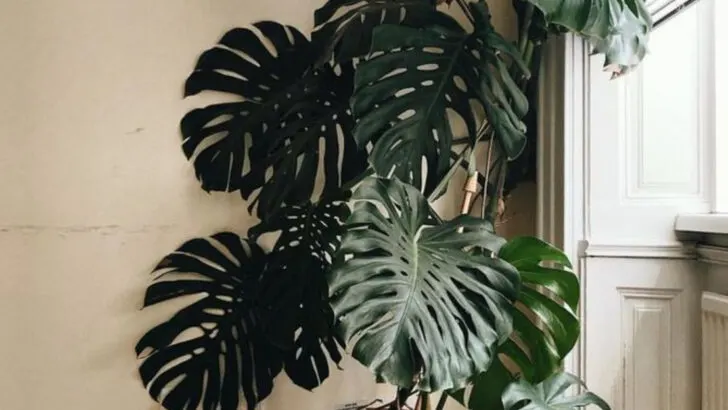Let’s face it—when it comes to plant care, most of us worry more about underwatering than overwatering. But the truth is, many common houseplants are far more likely to suffer from too much love than neglect. That daily splash might be doing more harm than good.
At Plantisima, we know our readers are passionate about keeping their plants lush, thriving, and photo-ready. But even the most well-meaning plant parent can accidentally sabotage their greenery with too frequent watering. That’s why we’ve rounded up 16 popular plants that are most commonly victims of this mistake—and how to tell if you’re loving them to death.
If you’ve ever wondered why your plant’s leaves are yellowing, wilting, or just not growing, this guide could be your aha moment. Get ready to meet the overwatering-prone plants you probably have at home—and learn how to fix it before it’s too late.
Snake Plant
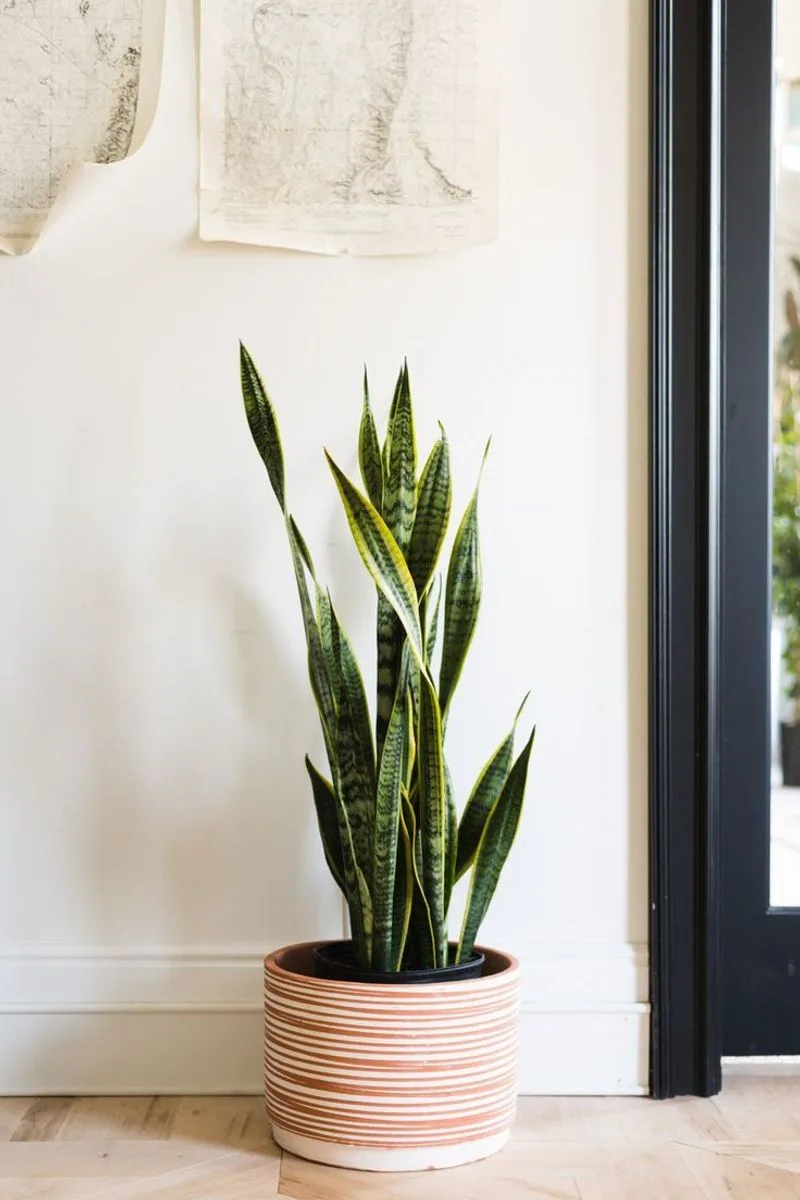
Often hailed for its air-purifying capabilities, the Snake Plant is a common fixture in homes. However, its robust nature leads many to believe it needs more water than it actually does. This resilient plant prefers to dry out completely between waterings. Observing its soil and ensuring it remains dry is key. Overwatering can lead to root rot, which can be detrimental to its health. A golden rule: if in doubt, wait another week before watering. Its ability to thrive on neglect makes it a favorite among busy individuals.
Aloe Vera
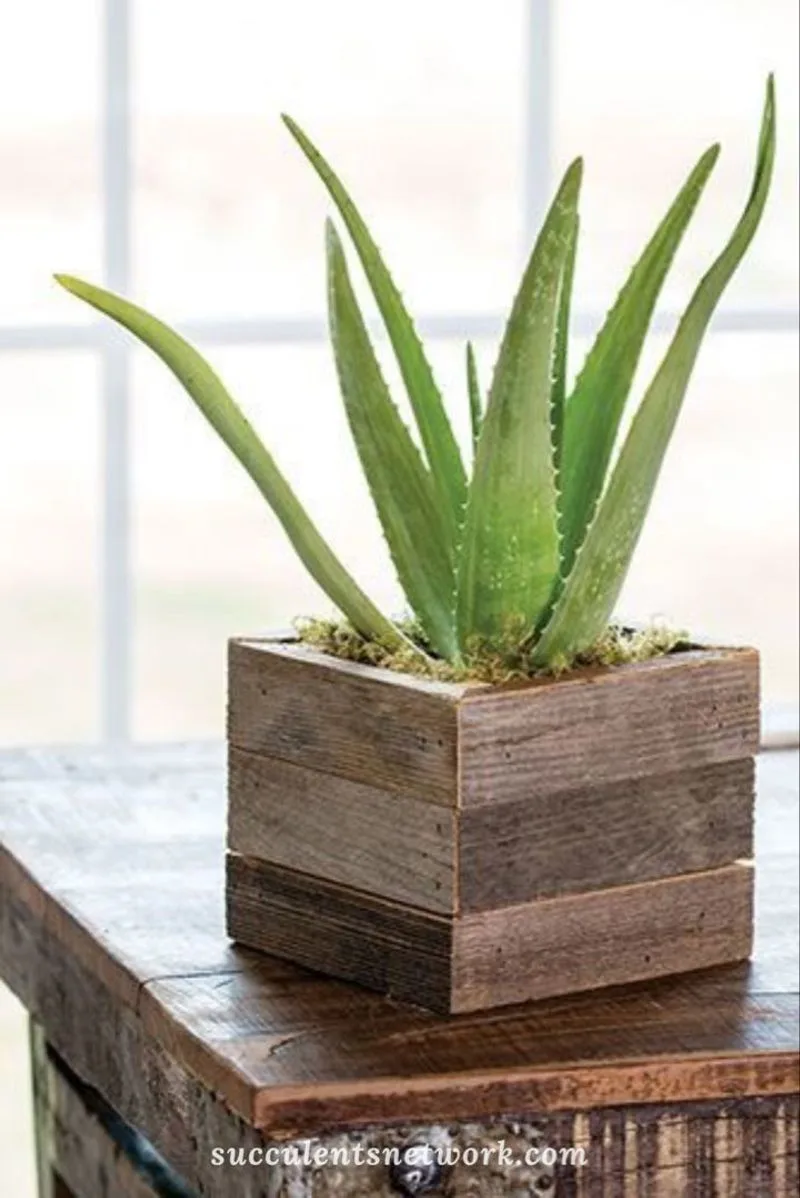
Famous for its soothing properties, Aloe Vera is a succulent that stores water in its leaves, making frequent watering unnecessary. Excessive watering can cause the roots to suffocate and rot. It thrives best in a bright location with well-draining soil. A simple touch test can guide you—if the soil feels dry, it’s time to water. A fun fact: Aloe Vera has been used for medicinal purposes for thousands of years, revered as a “plant of immortality” by ancient Egyptians.
Peace Lily
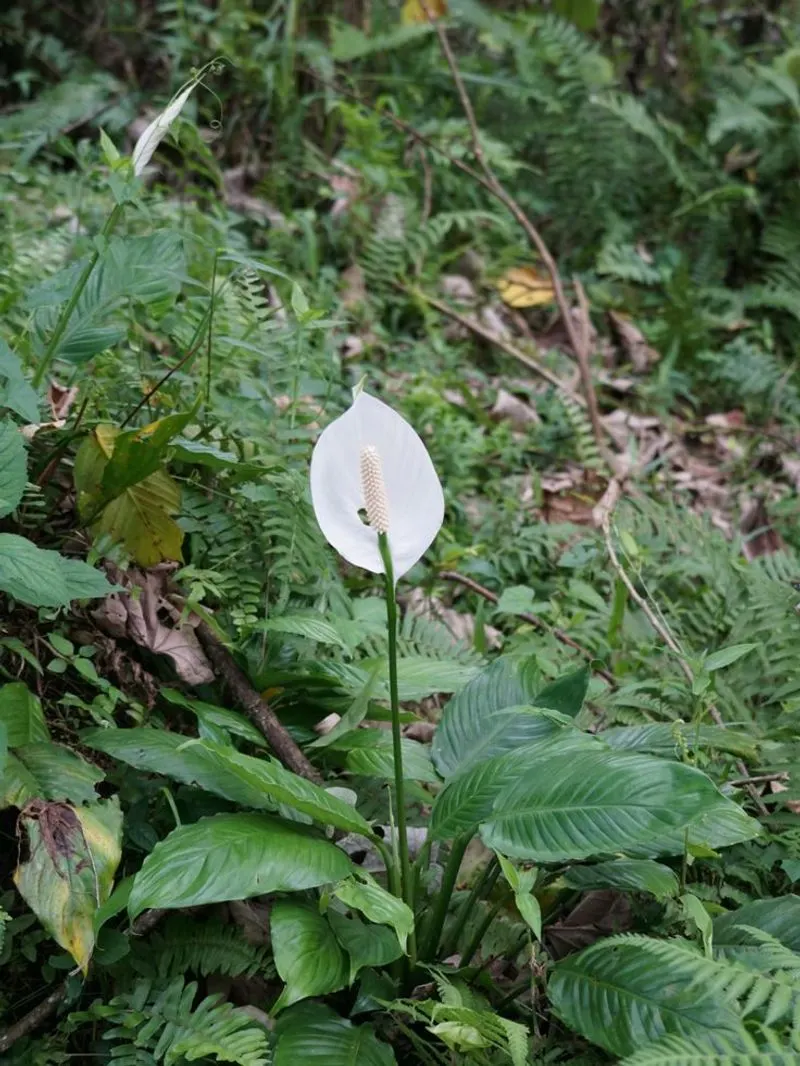
Characterized by its elegant white flowers, the Peace Lily is often mistaken for needing frequent watering due to its tropical appearance. In reality, it prefers to dry out a bit between waterings. Overwatering can cause the leaves to yellow and wilt. Keep it in a location with indirect sunlight for optimal growth. Interestingly, the Peace Lily is also known for its air-cleansing abilities, making it a popular choice for indoor spaces wishing to improve air quality.
Spider Plant
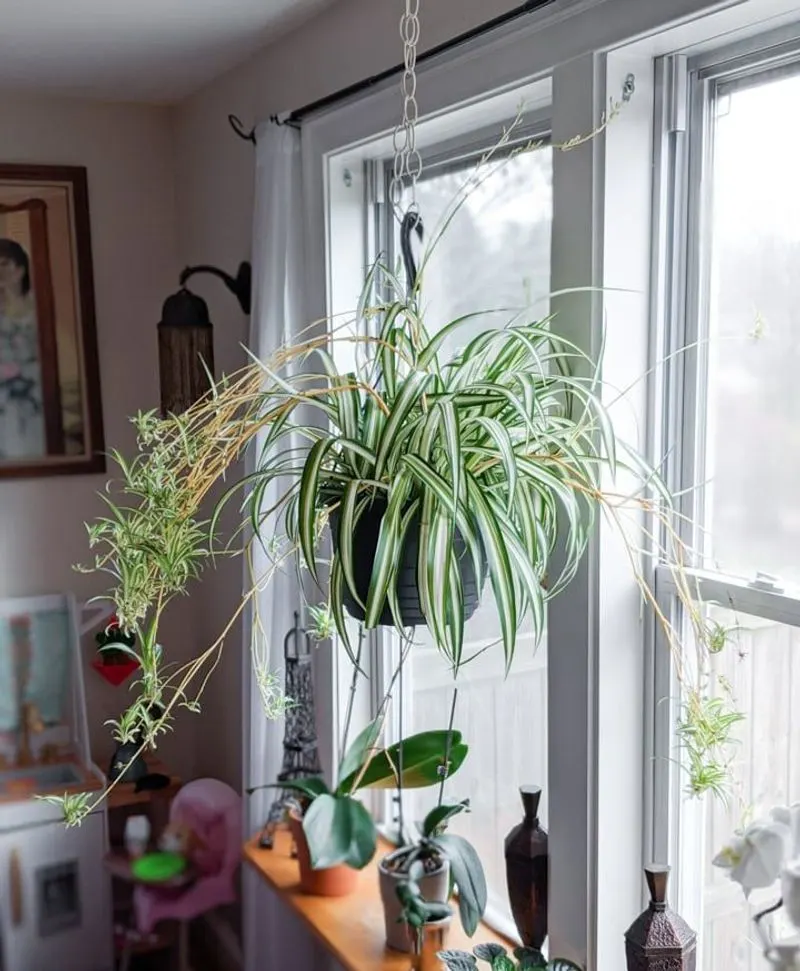
The playful Spider Plant is a staple in many households, admired for its arching leaves and tiny plantlets. While it enjoys a bit of moisture, overwatering can lead to root rot. Allow the top inch of soil to dry out before re-watering. Known for its adaptability, it thrives in various light conditions, though it prefers bright, indirect light. Spider Plants are also known to purify air, making them not just a visual delight but also a healthy addition to any room.
ZZ Plant
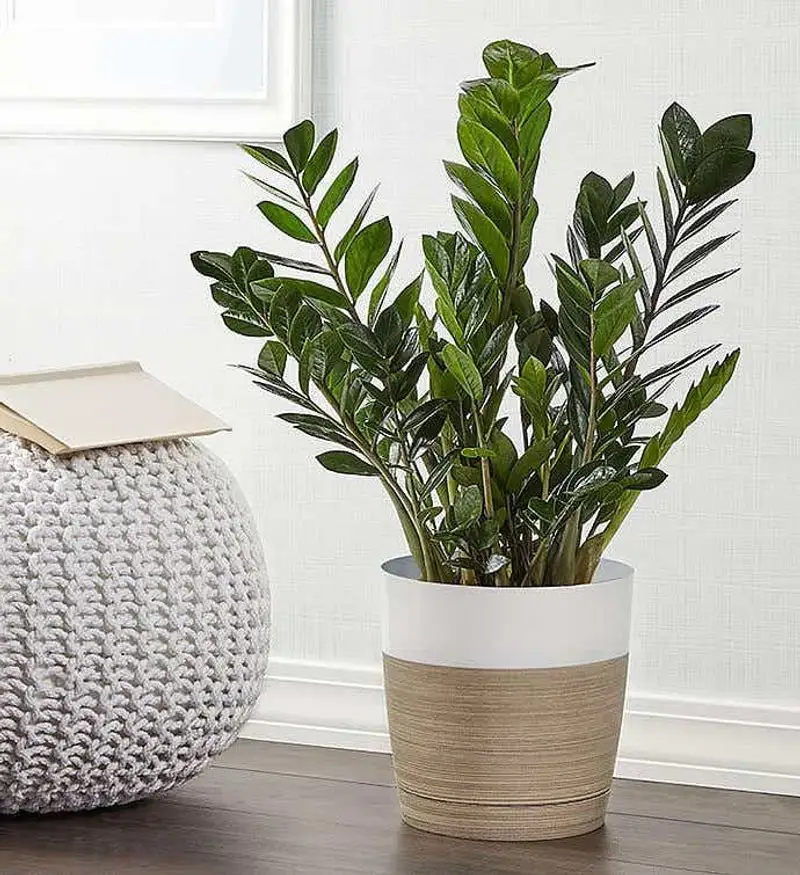
The ZZ Plant is often dubbed the “eternity plant” due to its resilience and low maintenance nature. This hardy plant is drought-tolerant, and too much water can lead to yellowing leaves and root rot. It thrives in low to bright indirect light, making it versatile for various environments. To maintain its glossy appearance, let the soil dry out completely between waterings. Interestingly, the ZZ Plant can survive in spaces with minimal natural light, perfect for offices or dimly lit rooms.
Cactus
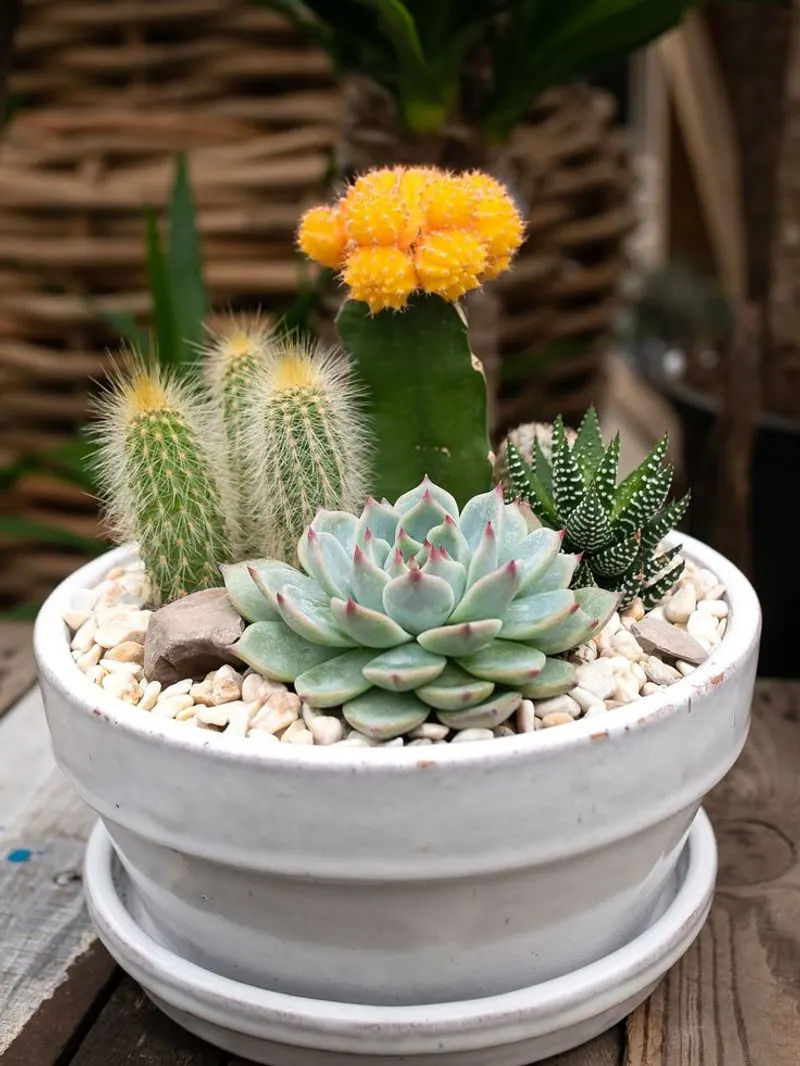
Cacti are synonymous with desert landscapes, embodying resilience and adaptability. These spiky plants have evolved to store water, requiring very little from their caregivers. Overwatering can lead to soft, mushy stems—a clear sign of distress. Ensure they are placed in a sunny spot with well-draining soil. A fun tidbit: some cacti can survive years without water, relying solely on stored moisture. Their unique ability to thrive in arid conditions makes them a fascinating addition to any plant collection.
Fiddle Leaf Fig
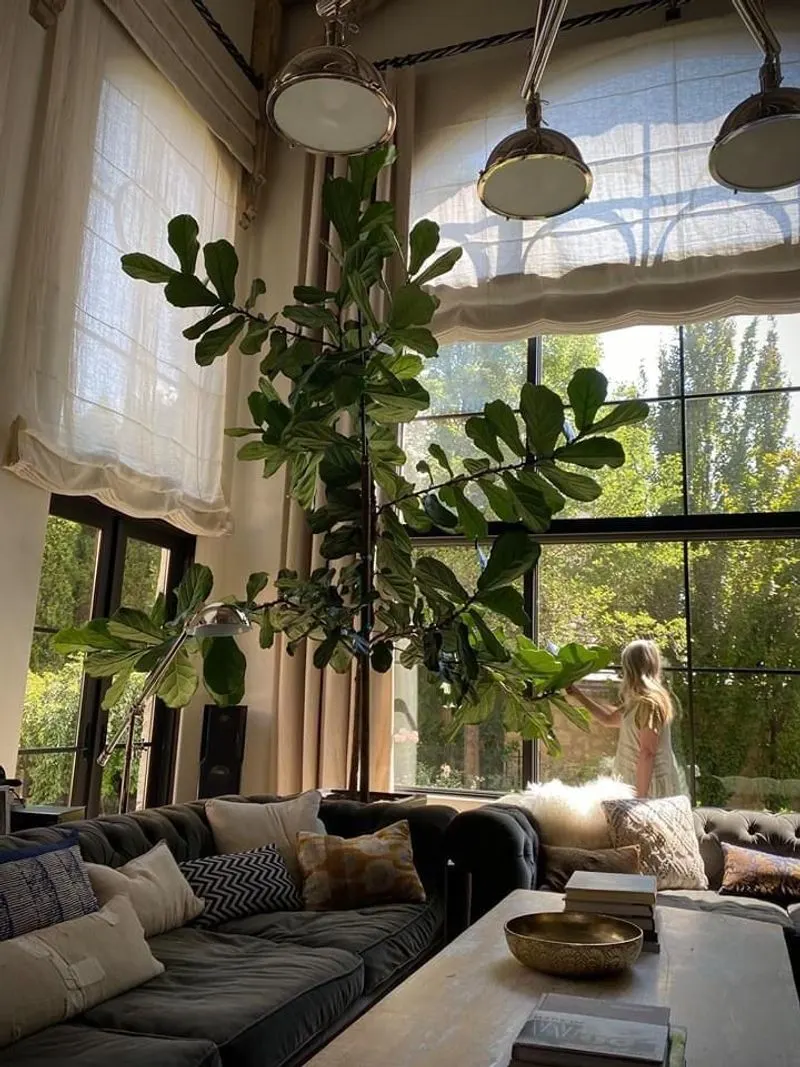
Renowned for its dramatic foliage, the Fiddle Leaf Fig is a favorite among plant enthusiasts. Despite its popularity, it is often overwatered, leading to brown spots and leaf drop. This plant prefers its soil to be consistently moist but not drenched. Ensure it receives plenty of indirect light to thrive. An interesting note: the Fiddle Leaf Fig is native to the rainforests of West Africa, which influences its need for a humid environment. Balancing water and humidity is key to its success.
Succulents
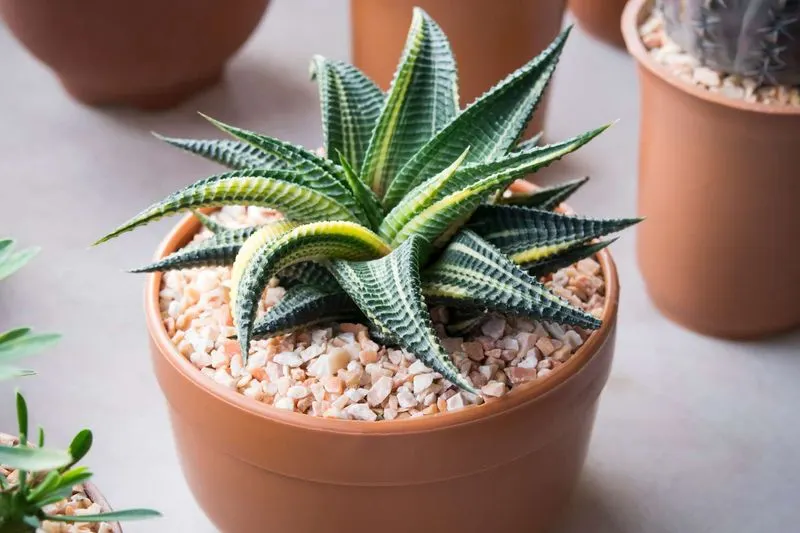
Succulents, with their diverse shapes and colors, often captivate plant lovers. These plants are adapted to arid climates, storing water in their leaves. Overwatering can cause them to become mushy and discolored. A sunny spot and well-draining soil are vital for their well-being. It’s fascinating to note that succulents can endure prolonged periods without water, making them ideal for forgetful gardeners. Their minimalistic beauty adds a touch of elegance to any space without demanding much attention.
Orchid
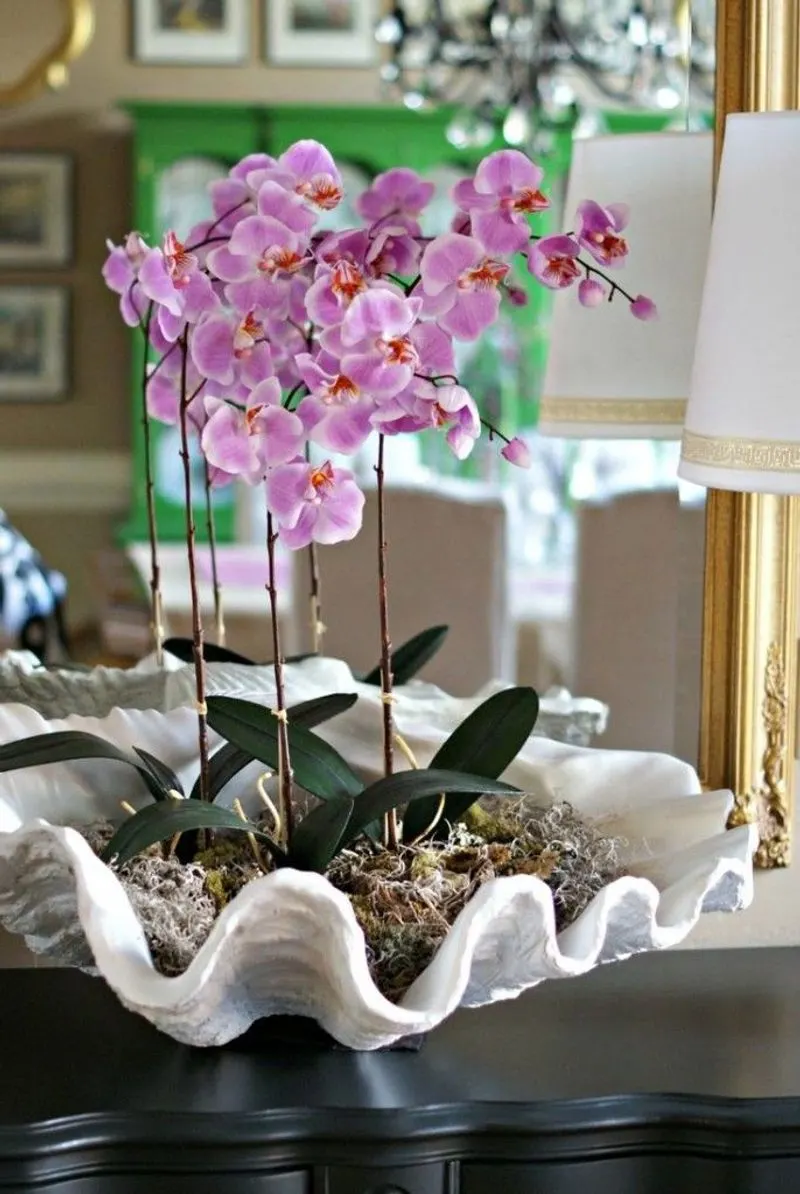
Admired for its exotic flowers, the Orchid requires a delicate balance of care. Overwatering is a common mistake, as it can lead to root rot. These plants prefer a humid environment with indirect light. Allowing the potting medium to dry out between waterings is crucial. Orchids have been associated with love and beauty in various cultures, and each variety has its own unique allure. Their intricate blooms make them a treasured addition to homes, symbolizing elegance and refinement.
Jade Plant
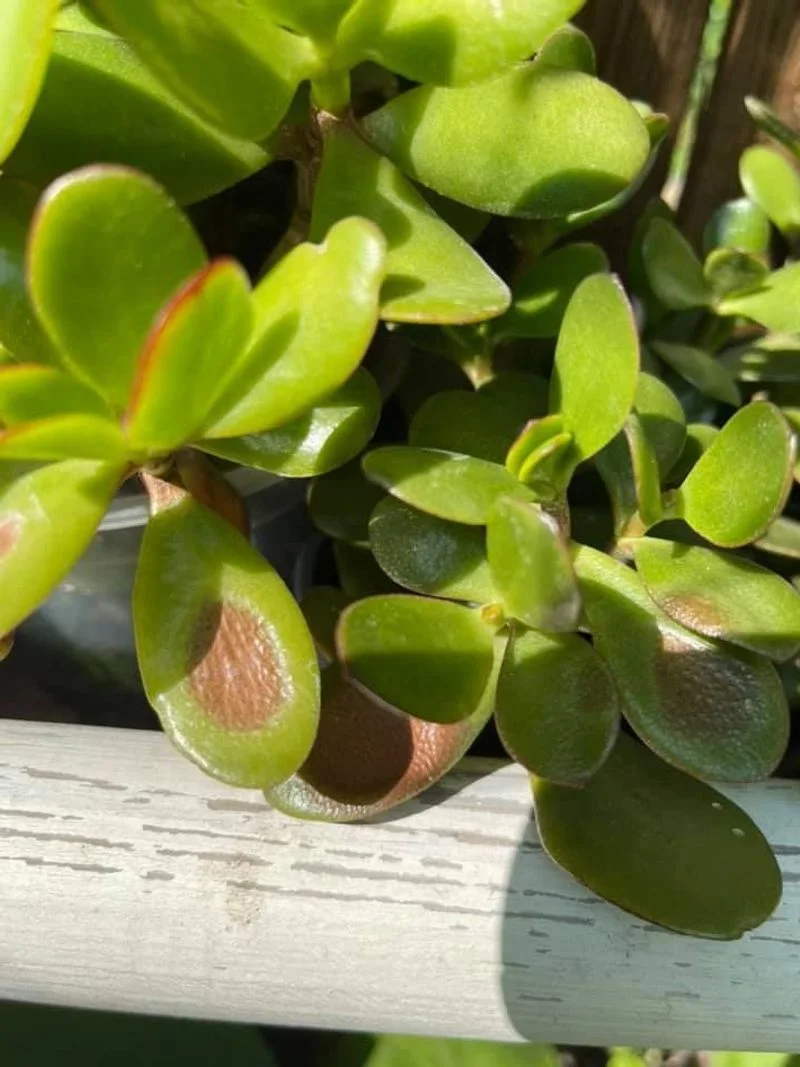
The Jade Plant, often associated with prosperity and luck, is a beloved succulent that requires minimal watering. Excess moisture can lead to leaf drop and root issues. It flourishes in bright light and should be allowed to dry between waterings. An endearing fact: the Jade Plant is believed to bring financial success, often gifted in small potted forms as a housewarming present. Its easy-care nature and charming appearance make it a popular choice for both novice and experienced gardeners alike.
Rubber Plant
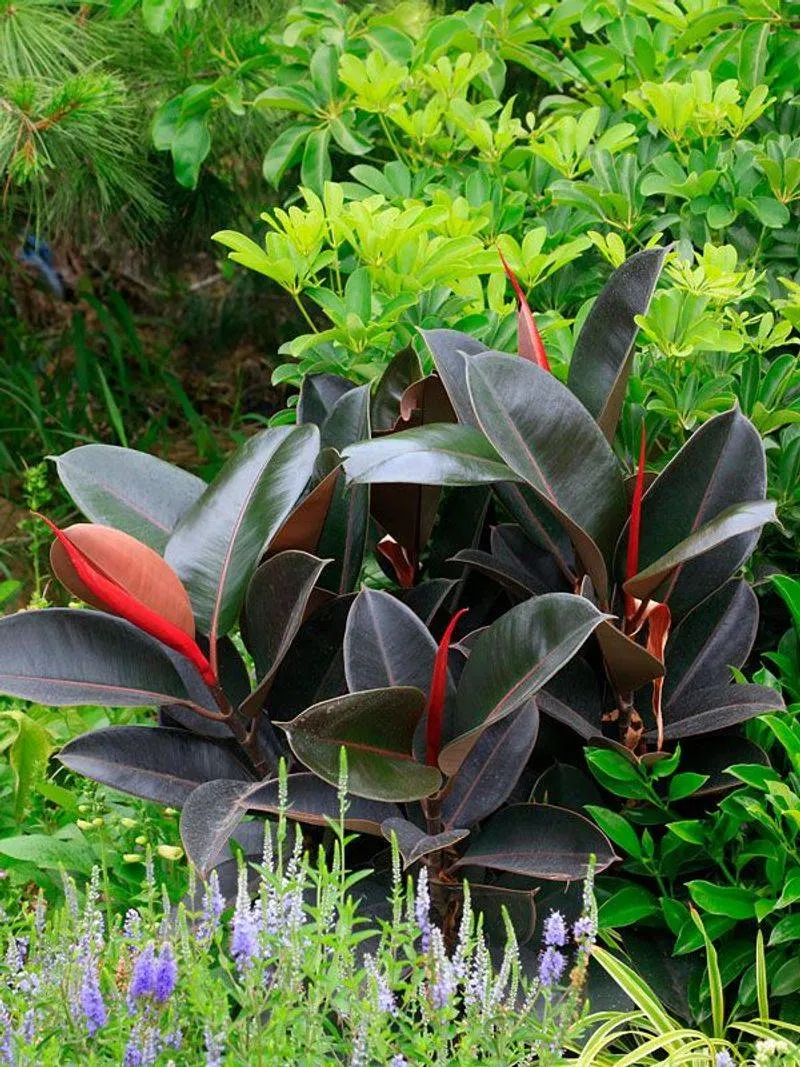
With its large, glossy leaves, the Rubber Plant is a striking addition to any interior space. However, it prefers to dry out slightly between waterings. Overwatering can cause leaf yellowing and drop. Place it in bright, indirect light for best results. Interestingly, the Rubber Plant was once a primary source of natural rubber, showcasing its versatility beyond ornamental use. Its bold foliage and easygoing nature make it a favorite for those looking to make a statement with their greenery.
Bamboo Palm
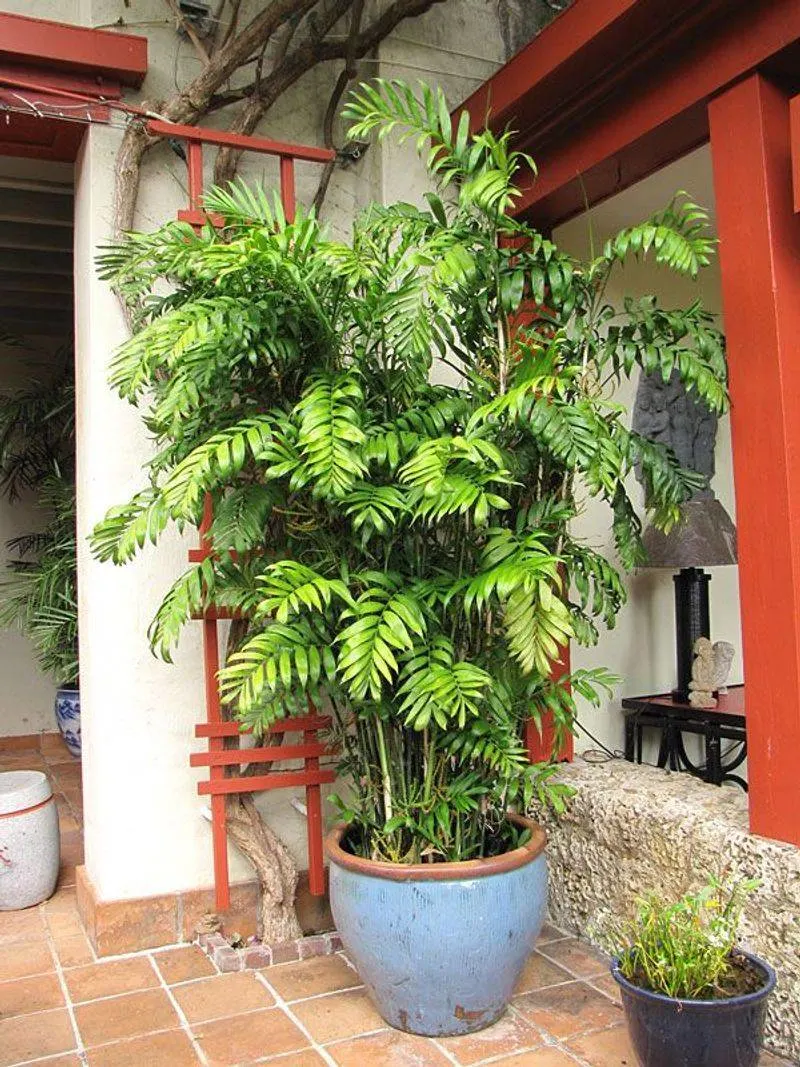
The Bamboo Palm, with its lush, feathery fronds, evokes a sense of tropical tranquility. Despite its vibrant appearance, it requires minimal watering. Too much water can lead to root rot, impacting its overall health. It thrives in low light conditions, making it perfect for indoor environments that lack sunlight. Bamboo Palms are not just ornamental; they play a role in purifying the air, enhancing the ambiance of any space with their calming presence. Their elegance and ease of care make them a lovely addition.
Pothos
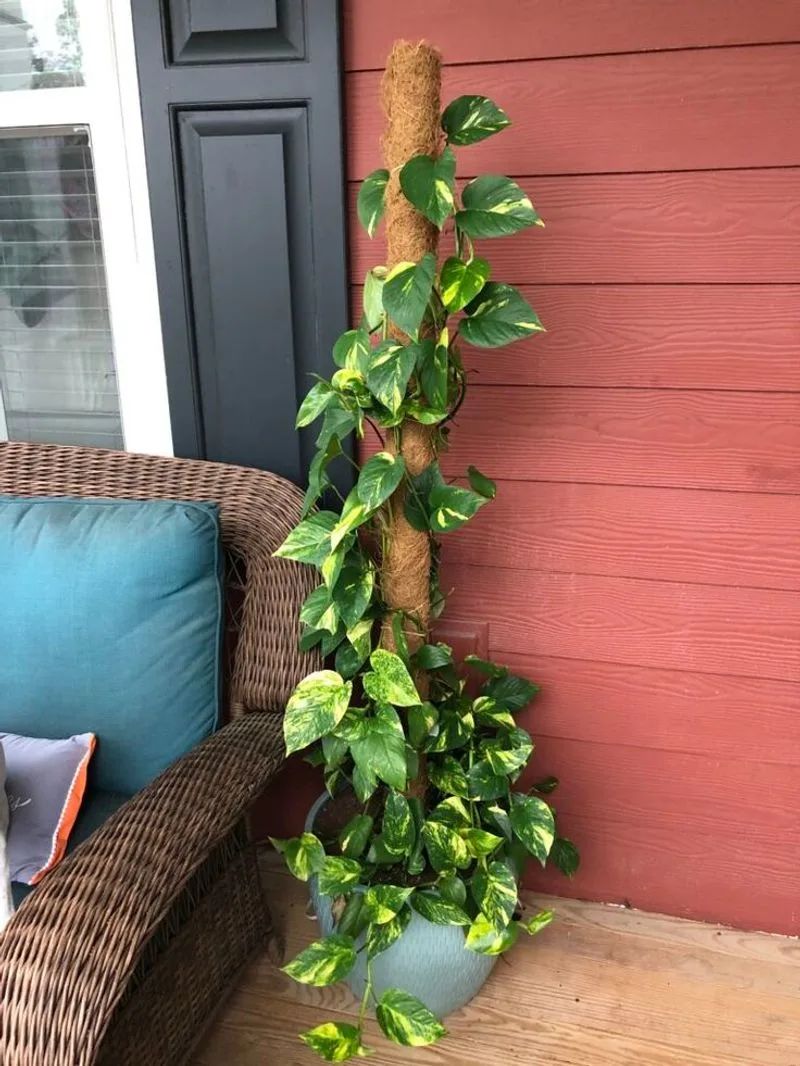
Known for its trailing vines and heart-shaped leaves, the Pothos is a versatile plant suitable for various environments. While it can tolerate low light, it does not tolerate overwatering. Allow the top layer of soil to dry out completely before rehydrating. Its forgiving nature makes it ideal for beginners. A charming fact about Pothos is its ability to grow just about anywhere, earning it the nickname “Devil’s Ivy” for its indestructible nature. Its lush greenery brings a touch of nature indoors.
Cast Iron Plant

True to its name, the Cast Iron Plant is nearly indestructible, thriving on minimal attention. Overwatering can be one of the few ways to cause it harm. Ensuring the soil dries out between waterings will keep it healthy. It can withstand low light and varying temperatures, making it highly adaptable. This plant is a testament to resilience, often found in historic homes and gardens. Its sturdy nature and subtle beauty add character to any setting, making it a timeless favorite among plant lovers.
Monstera
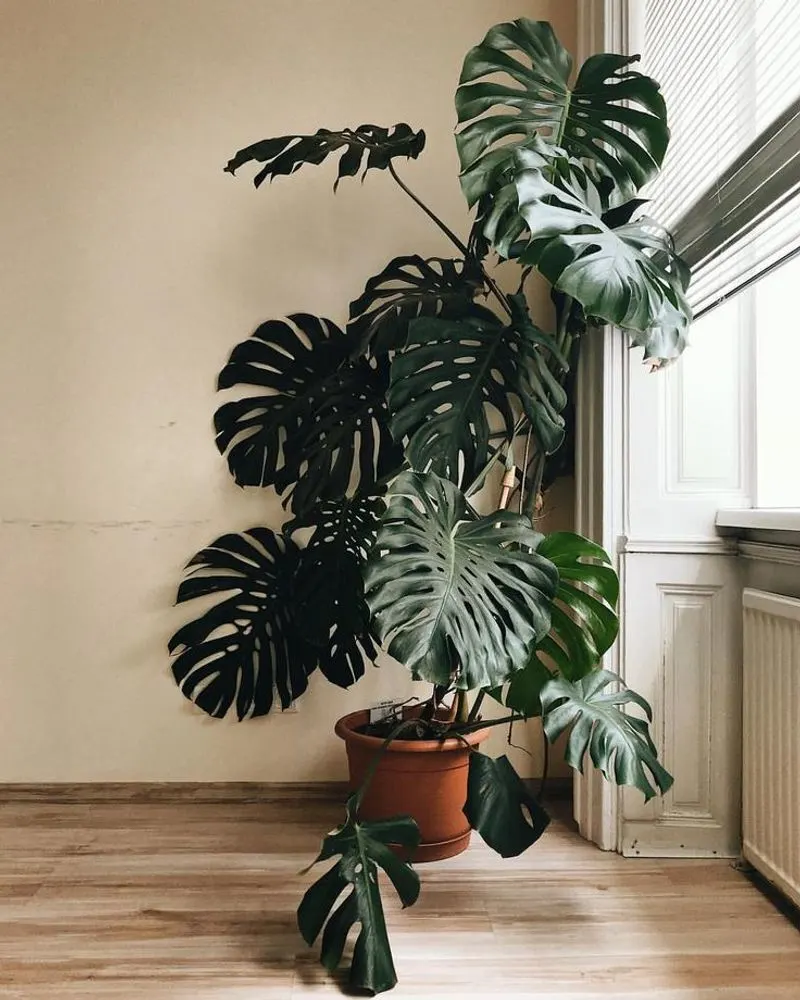
The Monstera, often referred to as the “Swiss Cheese Plant,” is famed for its unique leaf patterns. While it enjoys humidity, overwatering can lead to root issues. Allow the soil to dry slightly between watering sessions. Its dramatic foliage adds a tropical flair to interiors, capturing the imagination of plant enthusiasts. Did you know? The Monstera is native to the tropical forests of Central America, where it grows under the canopy of larger trees. This background helps explain its preference for indirect light and moderate moisture.
Boston Fern
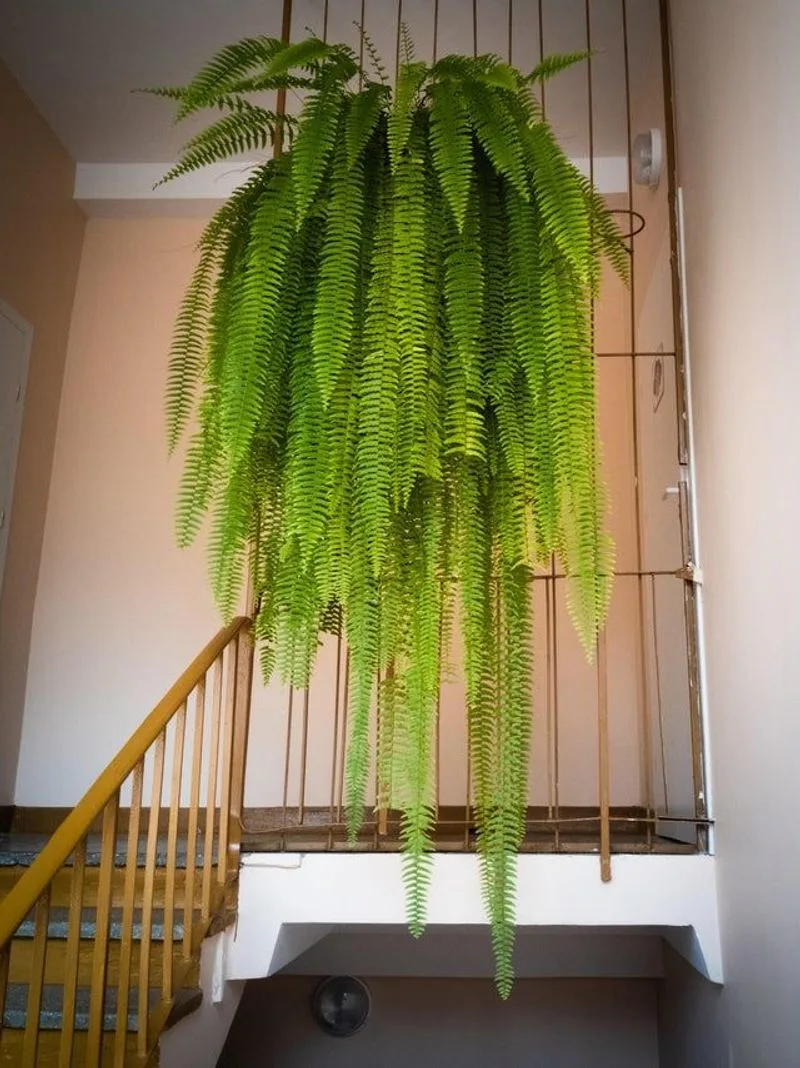
Boston Ferns are cherished for their feathery, arching fronds, bringing a touch of nature indoors. They prefer high humidity and indirect light but are often overwatered. Ensuring the soil is moist but not soggy is crucial. They are perfect for hanging baskets, adding vertical interest to spaces. An intriguing tidbit: Boston Ferns were first popularized in the Victorian era, gracing many a parlor with their graceful presence. Their rich green fronds and delicate texture continue to charm plant lovers today.

